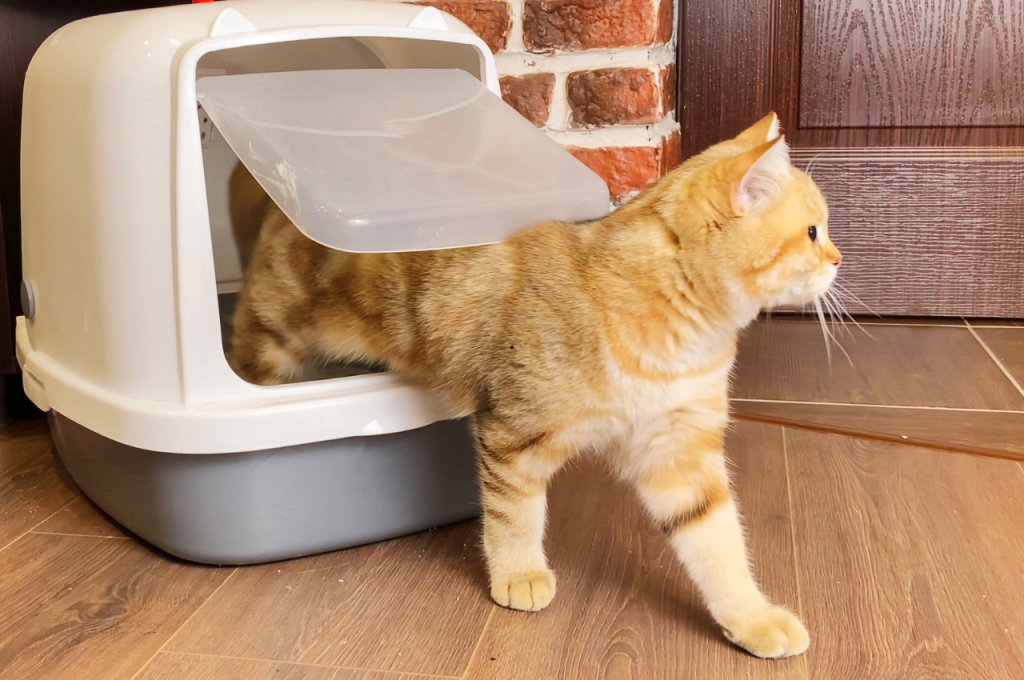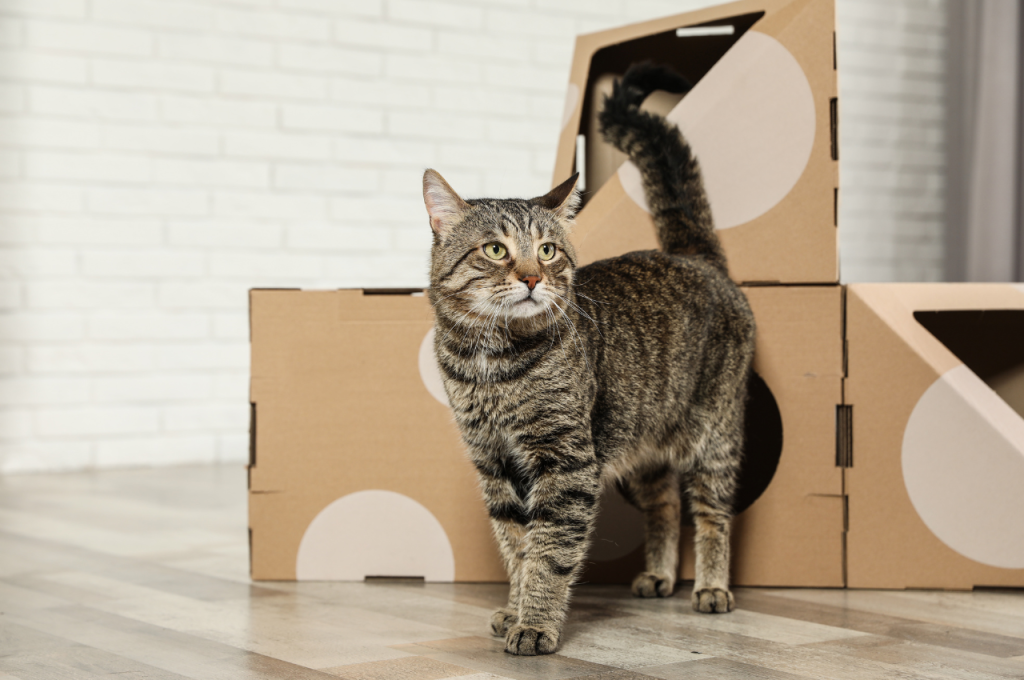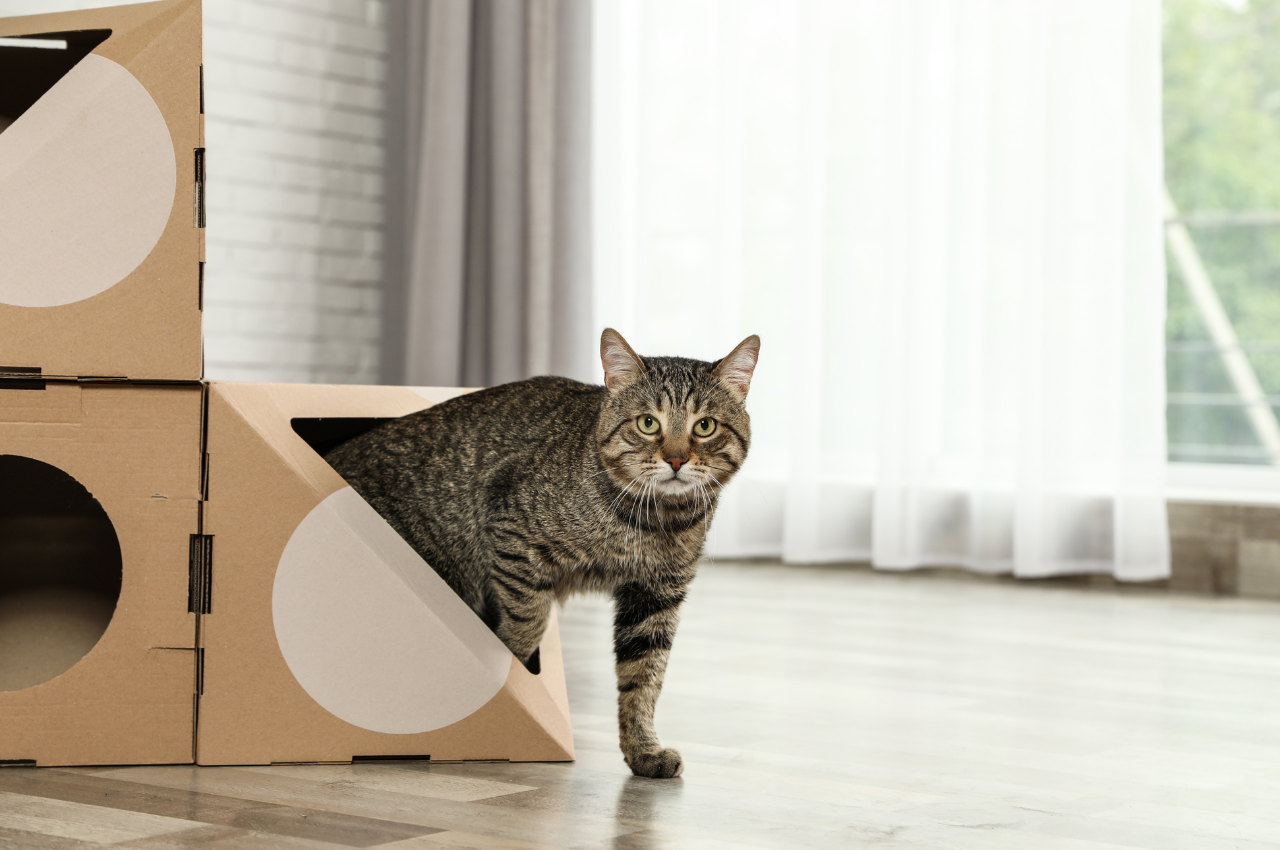To say “Come here” in cat, use a gentle tone and say “Pss Pss” or “Tsk Tsk.” Are you a cat owner looking to communicate effectively with your feline friend?
Understanding how cats communicate can strengthen the bond between you and your pet. Cats use body language, vocalizations, and even eye contact to express their feelings and needs. Learning how to say simple phrases like “Come here” in cat language can help you communicate better with your furry companion. In this blog post, we will explore different ways to communicate with cats and how to say common phrases in cat language. Let’s dive in and enhance your relationship with your feline friend!
Decoding Feline Body Language
Cats communicate not only through vocalizations but also with their body language. Understanding their cues is crucial in deciphering their feelings and needs. By reading their tail signals and ear movements, you can better comprehend what your feline friend is trying to convey.

Reading Tail Signals
A cat’s tail is a key indicator of its mood. A tail held high signifies a happy and confident cat, while a puffed-up tail indicates fear or aggression. A twitching tail may signal irritation, whereas a slow swish expresses indecision.
Understanding Ear Movements
The cat’s ears are equally expressive. Forward-pointing ears show curiosity or friendliness, while flattened ears indicate fear or aggression. Rapid ear movements may suggest excitement, while slow ear flicks could denote annoyance.
The Power of Vocal Cues
Cats are known for their unique vocalizations that they use to communicate with their owners and other cats. Understanding these vocal cues can help you build a stronger bond with your feline friend and respond to their needs effectively. In this article, we will explore the various vocalizations of cats and how tone and pitch variations play a crucial role in their communication.
Common Cat Vocalizations
Cats have an extensive repertoire of vocalizations, each serving a specific purpose. Here are some of the most common sounds you may hear your cat make:
- Meowing: This is the most well-known vocalization of cats. They use different meows to communicate various needs, such as hunger, attention, or simply to say hello.
- Purring: Purring is a sign of contentment and relaxation in cats. They may purr when they are being petted, resting, or feeling safe.
- Hissing: When a cat feels threatened or angry, they may hiss to display their discomfort and warn potential aggressors to stay away.
- Growling: Similar to hissing, growling is a vocalization cats use when they feel threatened or territorial. It is often accompanied by other defensive body language.
- Chattering: Some cats make a chattering sound when they see prey, such as birds or squirrels. It is believed to be an instinctual response to the excitement of hunting.
- Yowling: Yowling is a loud, drawn-out vocalization that cats may use when they are in pain, distressed, or seeking attention.
Tone and Pitch Variations
The tone and pitch variations in a cat’s vocalizations can convey different meanings and emotions. By paying attention to these variations, you can better understand your cat’s intentions. Here are some examples:
| Vocalization | Tone/Pitch Variation | Meaning |
| Meowing | High-pitched and repetitive | Requesting attention or food |
| Purring | Low and steady | Expressing contentment and relaxation |
| Hissing | Sharp and forceful | Signaling fear or aggression |
| Growling | Deep and guttural | Warning of potential danger |
| Chattering | Rapid and excited | Showing prey drive and excitement |
| Yowling | Long and intense | Signifying distress, pain, or mating behavior |
Understanding these tone and pitch variations can help you respond appropriately to your cat’s needs and emotions, enhancing your communication with them.
The Art of The Slow Blink
Communicating with your cat can be a delightful and rewarding experience. One of the subtle ways to connect with your feline friend is through the slow blink. This gentle and deliberate action can convey a sense of trust, affection, and understanding, helping to strengthen the bond between you and your cat.
Significance of Eye Contact
For cats, eye contact is a powerful form of communication. It allows them to convey their emotions and intentions. When a cat makes eye contact with you, it demonstrates a level of trust and comfort. Understanding the significance of eye contact is crucial in building a strong and positive relationship with your cat.
How to Slow Blink at Cats
Slow blinking at cats is a simple yet effective way to communicate your affection and trust. Follow these steps to master the art of the slow blink:
- Sit or stand in a relaxed position near your cat.
- Slowly blink your eyes while looking directly at your cat.
- Hold the slow blink for a few seconds to convey your message of love and trust.
Practice this gentle gesture regularly to strengthen the bond with your cat and create a deeper sense of understanding and connection.
Physical Gestures to Lure a Cat
To say “come here” to a cat, use slow and gentle physical gestures like bending down and extending your hand. Avoid making sudden movements or loud noises, as this can startle the cat. Patience and a calm demeanor are key to successfully luring a cat to come to you.

Effective Hand Movements
When it comes to luring a cat, using the right-hand movements can make all the difference. Cats are naturally curious creatures, and they respond well to certain gestures that indicate an invitation to come closer. By using effective hand movements, you can communicate with your feline friend in a way that they understand. One of the most common hand movements to lure a cat is the finger curl. To do this, simply curl your index finger towards your palm and extend it outwards, almost like you’re beckoning someone to come closer. This gesture mimics the movement of a small prey animal, which can pique a cat’s interest and encourage them to approach you.
Another effective hand movement is the slow pat. Gently patting your hand on a surface, such as the ground or a piece of furniture, can create a rhythmic sound that cats find intriguing. Combine this with maintaining eye contact with your cat, and they may interpret it as an invitation to come closer and investigate.
The Role of Body Posture
In addition to hand movements, your body posture plays a crucial role in luring a cat. Cats are highly attuned to body language and can pick up on subtle cues. By adopting the right posture, you can create a welcoming and inviting atmosphere for your cat. When trying to lure a cat, it’s important to crouch down and make yourself smaller. This conveys a non-threatening stance and allows the cat to feel more comfortable approaching you.
Avoid towering over the cat or making sudden, jerky movements, as this can be intimidating and cause the cat to retreat. Maintaining a relaxed and open posture is also key. Keep your arms and legs uncrossed and avoid tense or rigid body language. Instead, lean slightly towards the cat and offer a friendly and inviting demeanor. This will help create a sense of trust and make the cat more likely to come towards you. By combining effective hand movements with the right body posture, you can successfully lure a cat and encourage them to come closer.
Remember to be patient and allow the cat to approach at their own pace. With practice and understanding, you’ll be able to communicate with your feline companion in a way that fosters a strong bond and mutual trust.
Treats and Rewards System
Train your cat to come with a treats and rewards system. Use positive reinforcement with their favorite snacks to encourage them to respond to the command “Come here” effectively. By associating the action with a reward, you can strengthen this behavior over time.
Choosing The Right Treats
When training your cat, it’s important to choose the right type of treats. Not all treats are created equal, and some may be more effective than others. Look for treats that are small and easy to consume, so your cat can quickly eat them and get back to training. Also, choose treats that your cat loves, as this will provide extra motivation during training sessions. Some examples of great cat treats include freeze-dried meat, soft cat treats, and small pieces of cheese.
Timing Rewards for Training
Another important aspect of the treats and rewards system is timing. It’s crucial to reward your cat immediately after they perform the desired behavior, as this will reinforce the behavior and encourage them to repeat it. For example, if you’re teaching your cat to come to you when you say “come here,” give them a treat as soon as they come to you. This will let them know that they did the right thing and will motivate them to come to you again in the future.
Example Training Session
To put the treats and rewards system into practice, try the following training session:
- Choose a quiet room where your cat feels comfortable.
- Say “Come here” in a friendly tone and wait for your cat to come to you.
- As soon as your cat comes to you, give them a treat and praise them with a gentle pat or scratch behind the ears.
- Repeat this process several times, gradually increasing the distance between you and your cat.
- If your cat doesn’t come to you right away, avoid scolding or punishing them. Instead, try again later with a more enticing treat or in a quieter environment.
Remember, training your cat takes time and patience. With the right treats and rewards system, however, you can make the process fun and enjoyable for both you and your feline friend.
Interactive Toys and Playtime
Cats are natural hunters and love to engage in playtime activities. Interactive toys are a great way to keep them entertained and mentally stimulated. In this section, we will explore how to engage cats with toys and incorporate play in training.
Engaging Cats with Toys
When it comes to interactive toys, cats are particularly drawn to those that mimic prey. Toys that can be manipulated to mimic the movements of small animals can be especially engaging for cats. These can include feather wands, fishing rod toys, and interactive laser pointers.
Incorporating Play-in Training
Playtime can also be an excellent opportunity to incorporate training into your cat’s daily routine. By using interactive toys during training sessions, you can reinforce positive behaviors and strengthen the bond between you and your cat. For example, you can use treat-dispensing toys as a reward during training exercises, making the learning process enjoyable for your feline friend.
Consistency and Patience
Consistency and patience are key when it comes to communicating with your cat. Cats, like humans, thrive on routine and familiarity. By consistently using the same cues and methods, you can help your cat understand your communication more effectively. Patience is equally important, as cats may take time to adapt to your communication style and cues. By being patient and allowing your cat to learn at their own pace, you can build a strong and trusting bond with your feline friend.

Routine in Communication
Establishing a routine in your communication with your cat can help them understand and respond to your cues more effectively. Consistently using the same words or gestures when calling your cat to come to you can help reinforce the association between the cue and the desired action. By maintaining a consistent routine, your cat will learn to recognize and respond to your communication more reliably.
Adapting to Each Cat’s Pace
Every cat is unique, and it’s important to adapt to each cat’s individual pace when teaching them to come to you. Some cats may be more responsive and quick to learn, while others may require more time and patience. Observing and understanding your cat’s behavior and preferences will allow you to tailor your communication approach to suit their needs. By respecting their pace, you can create a comfortable and conducive environment for effective communication.
Conclusion
Learning how to say “come here” in cat language can strengthen the bond between you and your feline friend. By understanding their communication, you can better meet their needs and deepen your connection. Remember to use positive reinforcement, consistency, and patience when training your cat.
